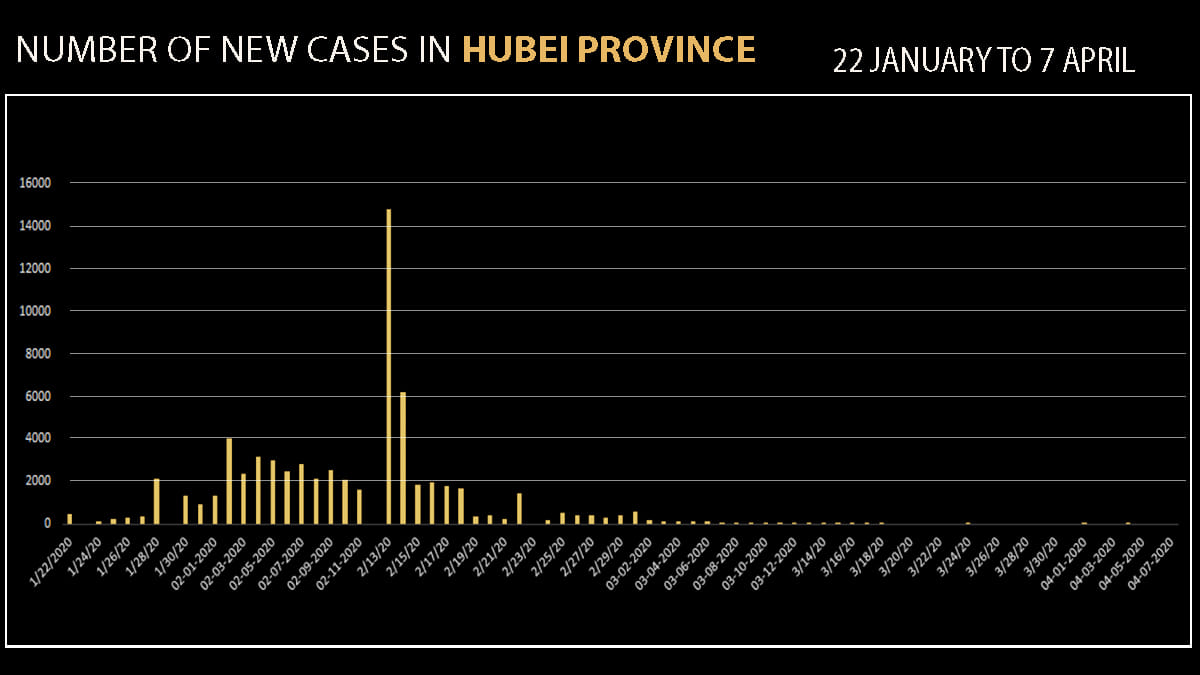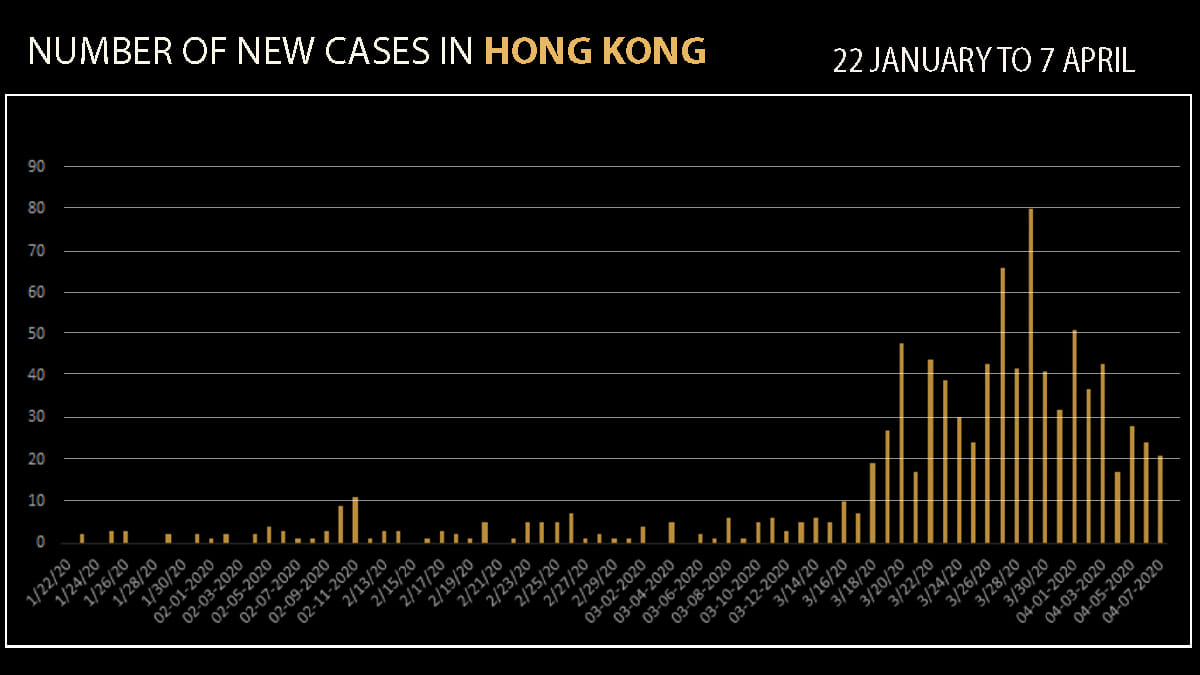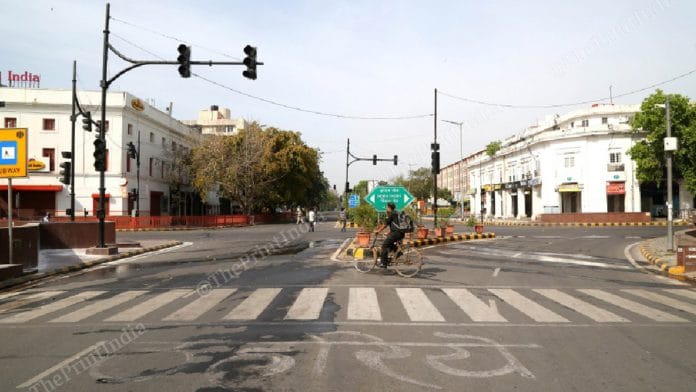Goldilocks and the Three Bears is a popular English fairy tale where a little girl named Goldilocks enters a house and sees three bowls of porridge. She tastes the first, which is too hot, then the second, which is too cold, and finally the third, which is just right, which she eats all up.
Prime Minister Narendra Modi faces a similar choice with respect to the Covid-19 pandemic, and the timing of when to ease out the nationwide lockdown. Ease it out too early, and the disease could rapidly spread, wiping out the hard won gains from the 21-day quarantine. Ease out too slow, and the continued lockdown could wreak havoc on India’s economy, potentially causing permanent damage and losing more lives from economic hardship than from the disease. What then is the right time to ease out the lockdown?
On 14 April, in his nationally televised address, Prime Minister Modi announced that the lockdown has been extended until 3 May. However, exceptions might be granted on a case-by-case basis at the district level subject to a respective decline in the number of positive coronavirus cases based on ongoing evaluations starting on 20 April. In anticipation of this eventual necessity of lifting the lockdown, we study the three different models adapted by various countries across the world and suggest which one could India follow. We limit our study to regions that were successful in bringing their number of cases under control.
Also read: Separated & restless, Delhi’s lockdown violators being kept in shelters just want to go home
Prolonged, total lockdown: Wuhan model
Wuhan, the capital of Hubei province, and the geographic origin of the coronavirus, has had the longest and most comprehensive lockdown of any region in the world, for a staggering 76 days , starting on 23 January and ending on 8 April. It had 22 consecutive days of one new case or less per day, before the lockdown was lifted.

If this model were to be followed, India shouldn’t be lifting our lockdown till the end of June. This would have the least risk in terms of disease spread, and highest risk in terms of economic damage. McKinsey estimates that a prolonged lockdown, such as the one in Wuhan, could decrease India’s GDP by 8 to 10 per cent.
Also read: Waiting for food, dodging cops — ragpickers in Lucknow slum live on crumbs, no water
Partial lockdown with modulation: Hong Kong Model
When the Covid-19 pandemic hit the bustling financial hub of Asia, the government decided to close down its airport/ports to foreign arrivals and put temporary social distancing measures in place. Schools, clubs, gyms, cinemas, parlours, karaoke etc. were ordered to close down and gathering of more than four people was not permitted by law.
However, unlike Wuhan — it was short of a total lockdown. Malls, restaurants and bars, though deserted, were allowed to operate within prescribed capacity. Offices were allowed to operate in shifts with a limit on the maximum occupancy of the space. Furthermore, masks, temperature checks and sanitising carpets were the new normal. When the cases started to rise, the government was quick to order the shutdown of these malls, bars and restaurants in addition to directing companies to work from home. Restrictions were again relaxed when cases reduced.
This cycle of tightening and relaxing the lockdown was easy to enforce because most HongKongers were compliant with the public health measures given the memories of the SARS outbreak in 2002-2003 (which claimed nearly 300 lives) were still afresh in many people’s minds. Through steps such as these, Hong Kong was not only able to slow the spread of the coronavirus but also keep its economy up and running, a move especially important given the harm caused to the island’s economy during recent riots.

By following this model, India would come out of a total lockdown, and modulate the restrictions based on the on-ground conditions, including a granular response by the districts. It would well balance disease spread with economic risk, and is possibly the best model for India.
Also read: Without mass-testing support, lockdown won’t go a long way in containing Covid
No lockdown, rapid testing: South Korea Model
As countries across the world used their state machinery to impose partial or complete lockdowns, South Korea decided to follow a different route. A week since the coronavirus started spreading in their neighbouring country, China, the government responded quickly and ordered all the factories to start producing testing kits en masse. Within two weeks, South Korea was producing more than 1,00,000 testing kits per day.
Furthermore, the government used all its resources to open more than 630 testing centres and by 13 March had carried out over 2,50,000 tests. This allowed the government to gather data, monitor the spread and treat/isolate the infected individuals. South Korea also used surveillance footage, drone images, credit card activities, etc. to trace the contacts of the infected individuals and put them into isolation. Hence by acting quickly, South Korea tackled the Covid-19 crisis effectively while keeping its economy up and running. As a reporter mentioned, “When a third of the world’s population is living under a lockdown, the relative normality of Seoul feels surreal.”

While this model has the lowest economic risk, it is premised on extremely strong health infrastructure, and state capacity, which is not feasible for India. Nevertheless, it shows the significant advantages of mass testing, and its ability to give us optionality. The investment in testing could pay multifold returns in terms of quickening the opening of the Indian economy.

Also read: Migrant crisis could’ve been averted if Modi’s One Nation One Ration Card scheme was ready
Measuring Modi model
How do we interpret Prime Minister Modi’s 14 April decision, in the context of these above three models, which have been formulated in the context of their own political systems?
First, we see that the prime minister’s instinct has been to lean towards the Wuhan model, extending a severe lockdown till 3 May. We can attribute this partly to his leadership style, which more closely resembles the authoritarian style of leadership of China, and his belief in sacrifice for the greater good, which we also see in his previous decisions like demonetisation. The other two models of Hong Kong and South Korea are more technocratic, and more bottoms up where leaders take on-ground decisions in response to changing circumstances.
Second, Modi’s decision to defer the possibility of partial opening up to 20 April, again highlights the indispensability of testing as seen in the South Korea model. Our understanding from doctors on the ground, and from government sources is that even districts with zero cases reported still continue to be in lockdown beyond 14 April, simply because the government up until last week has conducted few or no tests in these districts. The Modi government needs time to be able to conduct tests between 14 April and 20 April, to be able to understand the severity of the coronavirus in these districts.
Third, the Indian government, at least currently, still believes the lockdown decision to be more of an “on” or “off”switch rather than a knob. The key lesson from the Hong Kong model, that there is a graded response between a normality and a complete lockdown, seems to be lost on the Modi government. While we will find out more about this after 20 April, we believe this is the path that the government must choose. An alternate ‘suppress and lift’ cycle, wherein the restrictions can be applied and relaxed, applied again and relaxed again at state/district levels, in ways that can keep the pandemic under control but at an acceptable economic and social cost, could be adopted.
Goldilocks’ story, while simplistic, still holds an important parable for our times, and serves as a paradigm for decision making in uncertainty. When we don’t know the right option for a decision, it is important to “taste”, and, based on best information, decide which porridge is the best. In the presence of massive trade offs, the porridge that is in between hot and cold, might be the right one.
Namit Choksi holds a Masters in Public Health from Harvard University, and is a Schwarzman Scholar from Tsinghua University. Akshay Shah is a graduate of Columbia University, and is a Schwarzman Scholar from Tsinghua University. Views are personal.







Essentially, Modi followed a common sense approach. Given that we have huge area and population along with limited testing and supporting care infrastructure, he decided initially on a complete lock down. This was expected to control the spread of infection, which the data now shows it indeed has. But to remove lock down and be ready to take on new infection cases, he need more time to organize testing and care infrastructure for infected persons in time to come. Hence, he has extended the lock down till 3rd May with limited exceptions. As the virus is not going away anytime soon, we will have more and more cases coming up in due course but we are now ready with required testing kits, ventilators, PPEs, ICU beds etc. We have managed to do a quite a bit of innovation and Make in India for cheap ventilators, testing kits, PPEs etc. So as we go ahead, we will have corona among us but we are ready to fight with testing and quarantine, hospitalization etc along with younger population developing immunity in due course. We will have to wear masks, hand gloves etc, maintain social distancing and protect elderly and those with co-morbidity like diabetics, heart conditions, pneumonia etc. Fortunately, this corona is not very deadly and finally very few require ICU with ventilation support.
Not sure what model is this but perhaps there is no other go till vaccine is ready or some medicines are found.